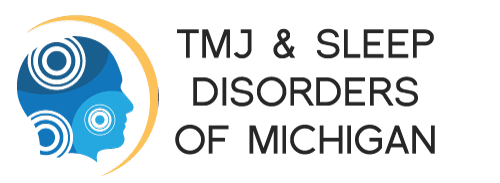At TMJ & Sleep Disorders of Michigan, Dr. Jerry Mulder and Dr. Allyson Mulder specialize in treating unique ailments such as temporomandibular joint disorder (TMD) and sleep apnea while maximizing the comfort and convenience for each of our patients. As part of our commitment to providing the highest level of care, we also strive to maintain state-of-the-art technology and tools at our office in Grand Rapids.
At TMJ & Sleep Disorders of Michigan, Dr. Jerry Mulder and Dr. Allyson Mulder specialize in treating unique ailments such as temporomandibular joint disorder (TMD) and sleep apnea while maximizing the comfort and convenience for each of our patients. As part of our commitment to providing the highest level of care, we also strive to maintain state-of-the-art technology and tools at our office in Grand Rapids.
Here are some of the specific technologies we use to treat our patients at TMJ & Sleep Disorders of Michigan:
To learn more about the ways we use the latest advances in technology to treat TMJ and sleep disorders, schedule a consultation by calling (616) 929-0892.
TMJ & Sleep Disorders of Michigan is here to serve patients in the areas of Grand Rapids, Holland, and Big Rapids, Michigan.

You may also fill out the form below to ask your questions & to request an appointment.
Get Your Free 15 Minute Virtual Video Consultation with the top TMJ & Sleep Apnea Experts.
👉 Simply click here and pick the best time that works for you on our calendar.
If you suffer from:
We can help. Stop suffering and get your life back!
👉 Simply click here and pick the best time that works for you on our calendar.
Be sure to book your FREE 15 Minute Virtual Zoom Consultation for TMJ or Sleep Apnea with Dr. Mulder.
In this first meeting, Dr. Mulder will answer all your questions as well as provide you with solution options.
All TMJ and Sleep Apnea patients are required to do a virtual call first before coming in to the Grand Rapids office.
